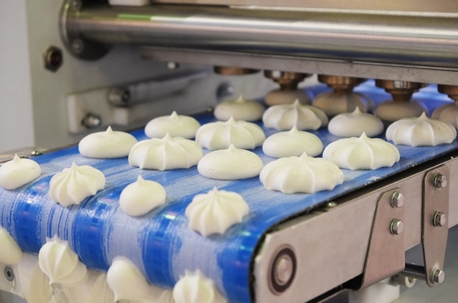But to sample buyers, panelists are increasingly viewed as a commodity. Does this mean that suppliers can stay relevant in this scenario, and is commoditization even a bad thing here? Perhaps it should be embraced as an indication that insights are now valued by a mass market, presenting more revenue opportunities. It could result in a ‘survival of the fittest’ environment – but that may not necessarily be a bad thing for the industry, as the strongest of offerings come to the fore.
It was outlined in the recent GRIT report that commoditization is a worry for market researchers: nobody wants to become just another seat at the table. As technologies and methodologies evolve, the sector is kept exciting; but with increasing supply, commoditization is an inevitable side effect.
But one could argue that pricing pressure and commoditization has made industry players sharpen their pencils; improving a lot of the technology and efficiency within the overall process. Efficiency was long awaiting an overhaul, with fragmented and lengthy sample procurement processes dominating the market. This in turn contributed to a lack of sample quality, and transparency and control over the process. The technologies that have emerged in recent years as a result of the pressures on market research have arguably improved the landscape considerably and allowed for evolution of the sector. By making supply sourcing, panel management and analytics of data much more accessible to the masses, new technologies are satisfying a thirst for speedy insights to keep pace with the ever-changing world.
It is this technology, automation and efficiency that must be prevalent for commoditization to be present in MR. However, there is often a disjointed approach to sample sourcing and coverage that prevents this.
So while commoditization might have contributed to positive change in terms of the innovation within the sector, it could be a mistake to view sample as a commodity in its entirety. Different target groups should have different values and premiums attached to them; a sizeable chunk of consumer profiles being sourced and sold are actually relatively scarce. There is a real and growing need for access to B2B sample, niche audiences and specific markets, alongside an ability to deliver and complete within certain periods of time. It is also true that fewer and fewer people are agreeing to join panels and participate in certain types of surveys. So the pool of willing participants is shrinking, thus countering the commoditization argument.
So sustaining industry ‘supply’ is crucial to the longevity and success of continued data collection for insights, but I believe it is often under-valued and under-played. It is, after all, the livelihood of the entire MR industry and as such, should be viewed as a valuable asset with a depreciation cost.
Commoditization may have started with sample but where does it end? We are already seeing methodologies being productized and democratized for the masses. On one hand it grows the market overall and opportunities within it but equally, the MR industry faces the possibility of being marginalized and losing control of what it once exclusively owned. Differentiation is key here -market researchers must prove that they are bringing something valuable to the table, and it’s vital that new technologies and methodologies are embraced.
Ultimately, there should always be a real focus on quality, and for this market researchers need to appreciate the investments and maintenance efforts that suppliers make on building valuable assets to sustain the supply chain. Without which, the industry cannot thrive.
Richard Thornton is global commercial director for Cint







1 Comment
Gabi Young
6 years ago
Interesting to know....good write up
Like Reply Report